Bradford Protein Assay with the Open Colorimeter
Highlighting a project from the community which uses the Open Colorimeter to quantify protein concentration in milk
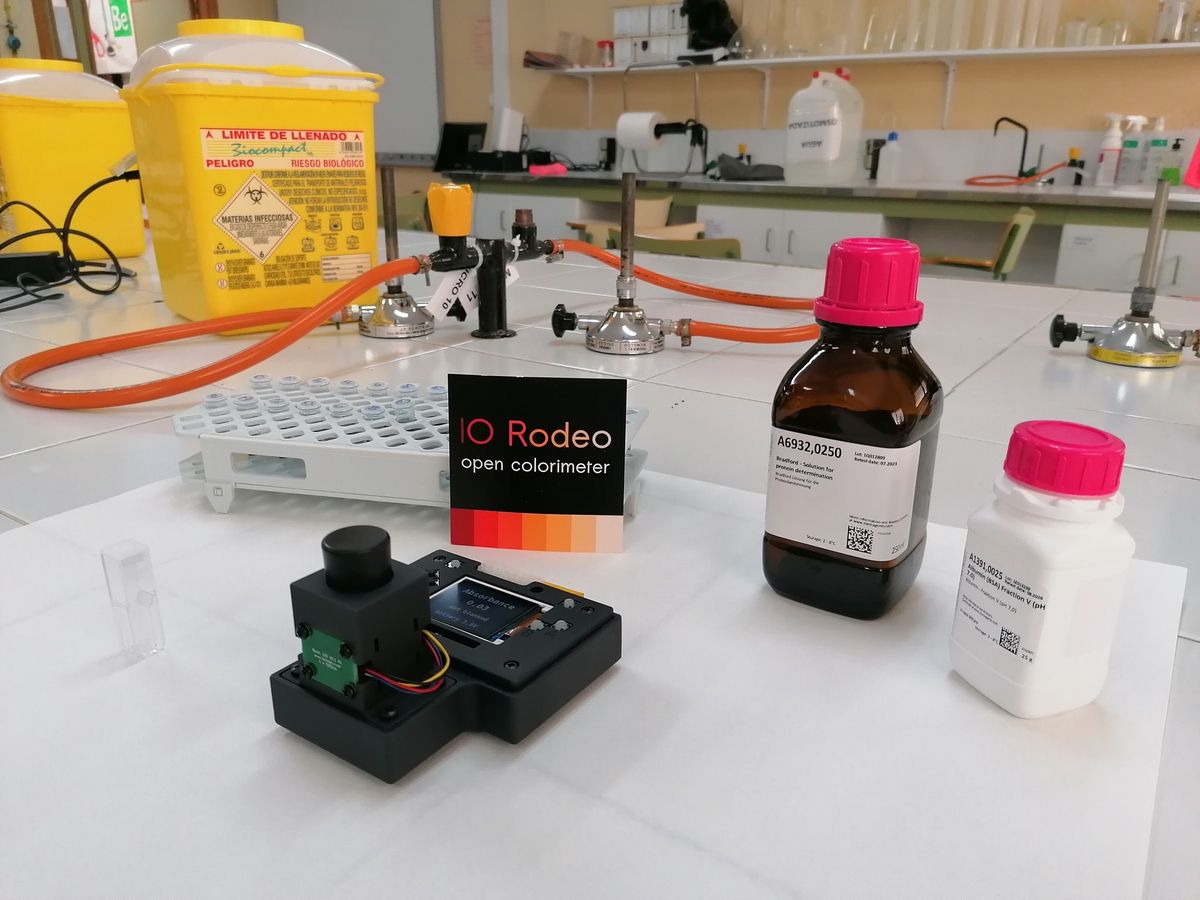
In this weeks newsletter we are excited to share a project from José María Espinosa Bernal and Eva Sánchez Escribano. José María and Eva are scientists and educators at I.E.S. Juan Carlos I (secondary school) in Murcia, Spain. They are using the Open Colorimeter to quantify protein concentration in milk using the Bradford Protein Assay.
Bradford Protein Assay
The Bradford protein assay is a very common and widely-used laboratory method for quantifying proteins in solutions. In fact, the original 1976 paper by Marion Bradford is one of the most cited papers in history.
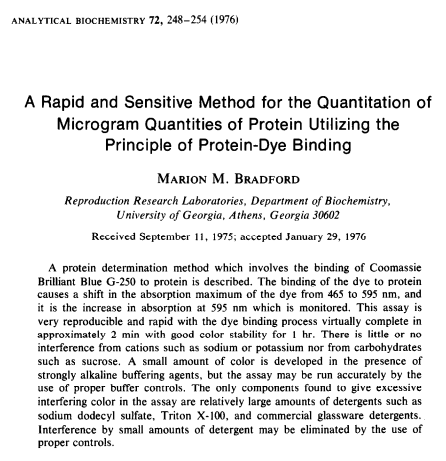
The assay is based on the protein-binding property of the textile dye, Coomassie Brilliant Blue G250. Under acidic conditions, the dye binds to protein, shifting from a red color to a blue color. The blue colored protein-dye complex has a lambda max (λmax) of 595 nm, meaning this is the wavelength at which the complex absorbs the most light.
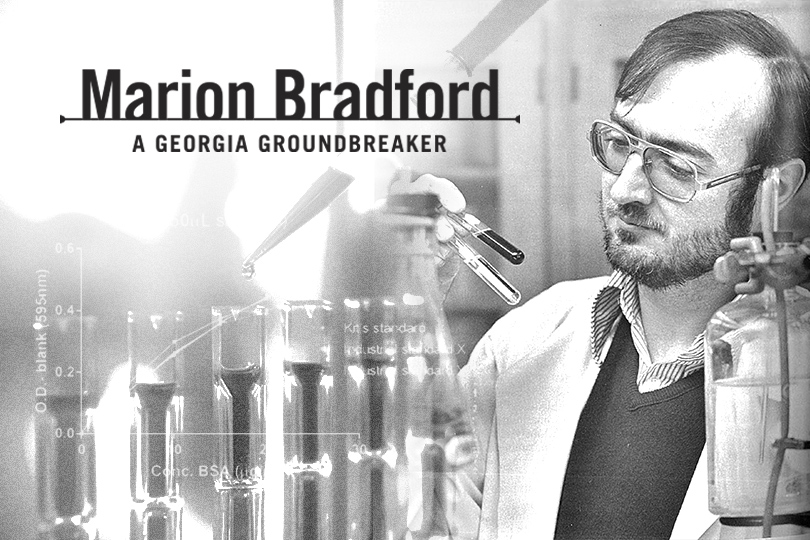
The assay protocol is fairly straightforward: Bradford's reagent + protein sample are mixed in a tube and incubated at room temperature. The blue color develops quickly, and after 5 mins absorbance is measured at 595 nm with a suitable instrument (see below). There are lots of protocols and tutorials online and many commercial reagent kits include step-by-step instructions.
The Bradford assay only requires a few reagents, namely prepared Bradford reagent and a BSA (bovine serum albumin) standard for the calibration curve. There are lots of vendors where these can be purchased. For example, Bradford reagent (Sigma) currently costs $96.40 for 500 mL. This is enough reagent for hundreds of protein assays! The Bio-Rad Protein Assay Kit is $200 for 450 mL and includes both Bradford reagent and BSA. There are also methods online for making your own Bradford's reagent from Coomassie Brilliant Blue.
Open Colorimeter increases access to Bradford and other colorimetric tests
While the reagents and methods for the Bradford Protein Assay are readily available, the final assay step requires measurement of absorbance at a specific wavelength (595 nm). Most protocols will instruct users to measure absorbance with a Spectrophotometer. These are very expensive instruments typically costing at least $1,000 for a new instrument. As they are complex instruments, they require training to use and some regular maintenance. So this test has been inaccessible to labs, schools and DIYBio/Makerspaces that don't have a Spectrophotometer. When they are available, they are often found in shared spaces and heavily-used, so access may be limited. Who hasn't filled out a sign-up sheet for the lab Spectrometer!
However as this test only requires a single absorbance measurement, it can be used with the Open Colorimeter with a 595 nm LED board. The Open Colorimeter costs $185, much more affordable than a new Spectrophotometer, is easy for anyone to use and does not require alot of maintenance. It can also be easily customized to add your Bradford calibration to the menu. As this is an open source design, anyone with access to a 3D-printer can make this from our open source design and Bill Of Materials. Check out the Project Guide for design links and instructions.
Experiment: Bradford Assay with BSA & Open Colorimeter
As mentioned above, José María Espinosa Bernal and Eva Sánchez Escribano are pioneering a method for using the Open Colorimeter for measuring protein concentrations. The project is currently ongoing but they are kindly sharing some photos and preliminary data.
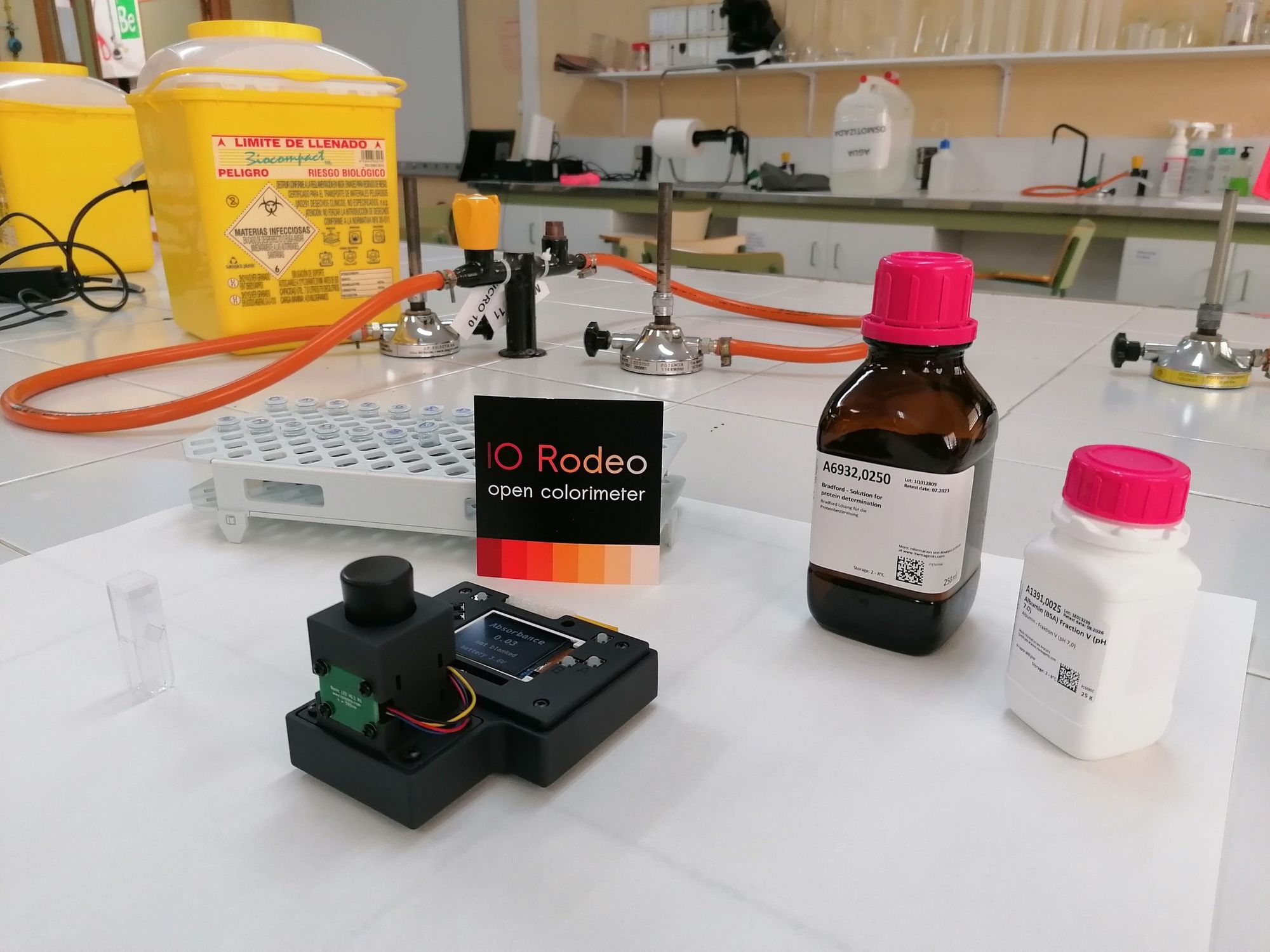
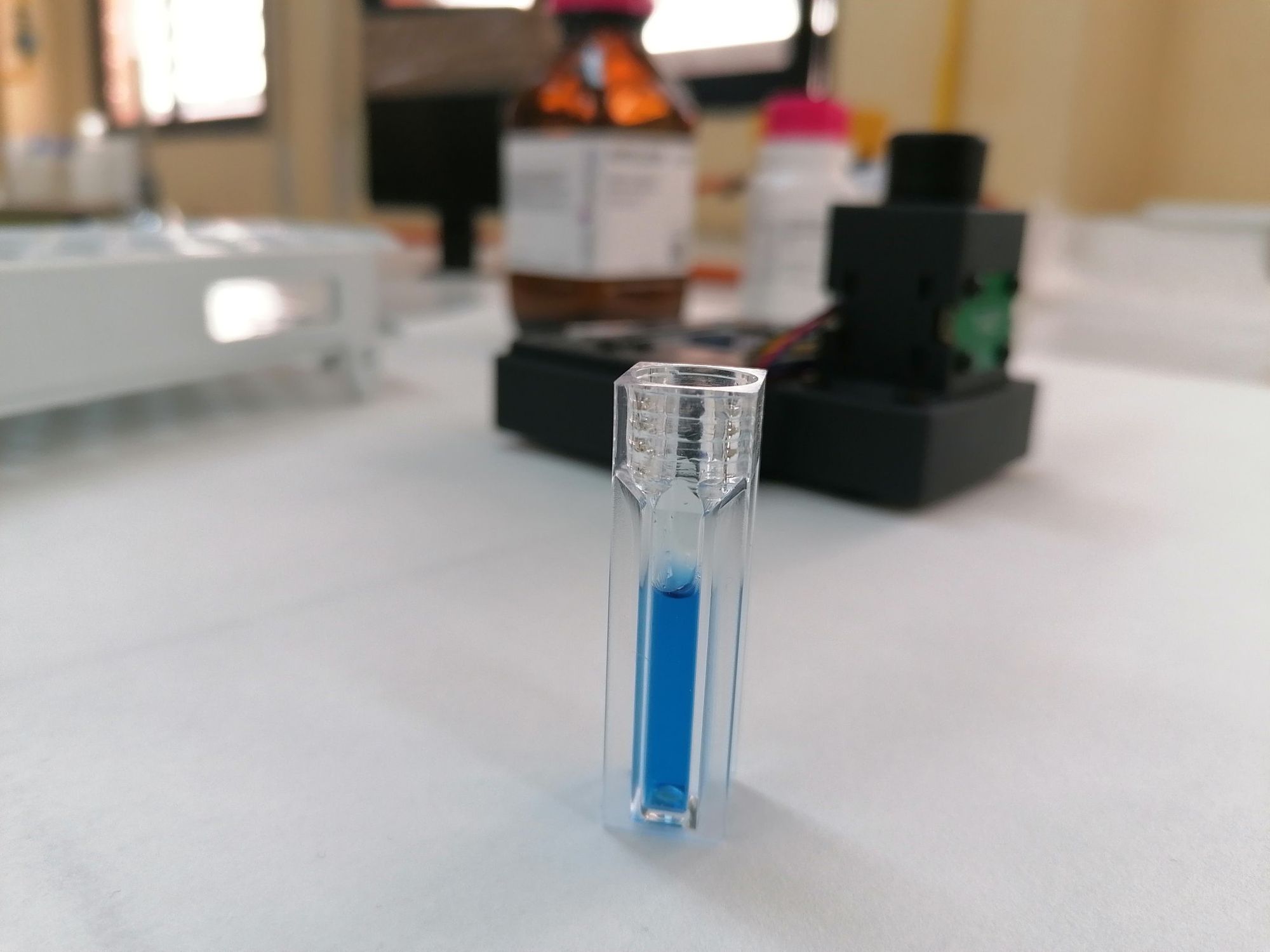
As you can see from their preliminary data, the results look linear over the 0-100 ug/mL test range. They are continuing to experimentally determine the limits of detection as well as collecting data from replicates and finding the coefficient of linearity. You can follow more of their work where they share great biotechnology educational resources through the website Biotecnología Fácil and on social media @BiotecnologiaF.
Contribute to Open Hardware survey
Our Open Hardware survey has been open for awhile now and we have been getting great responses. In fact we have heard from individuals is 19 different countries so far! However, we would still need more responses before we close the survey at the end of the month. We will share some insights and trends later, but in the meantime you can view a word cloud representing responses to one of the questions (Q4) which asks: how are you using open hardware in your science projects? As you can see, development really stands out! Thanks to everyone that already responded!
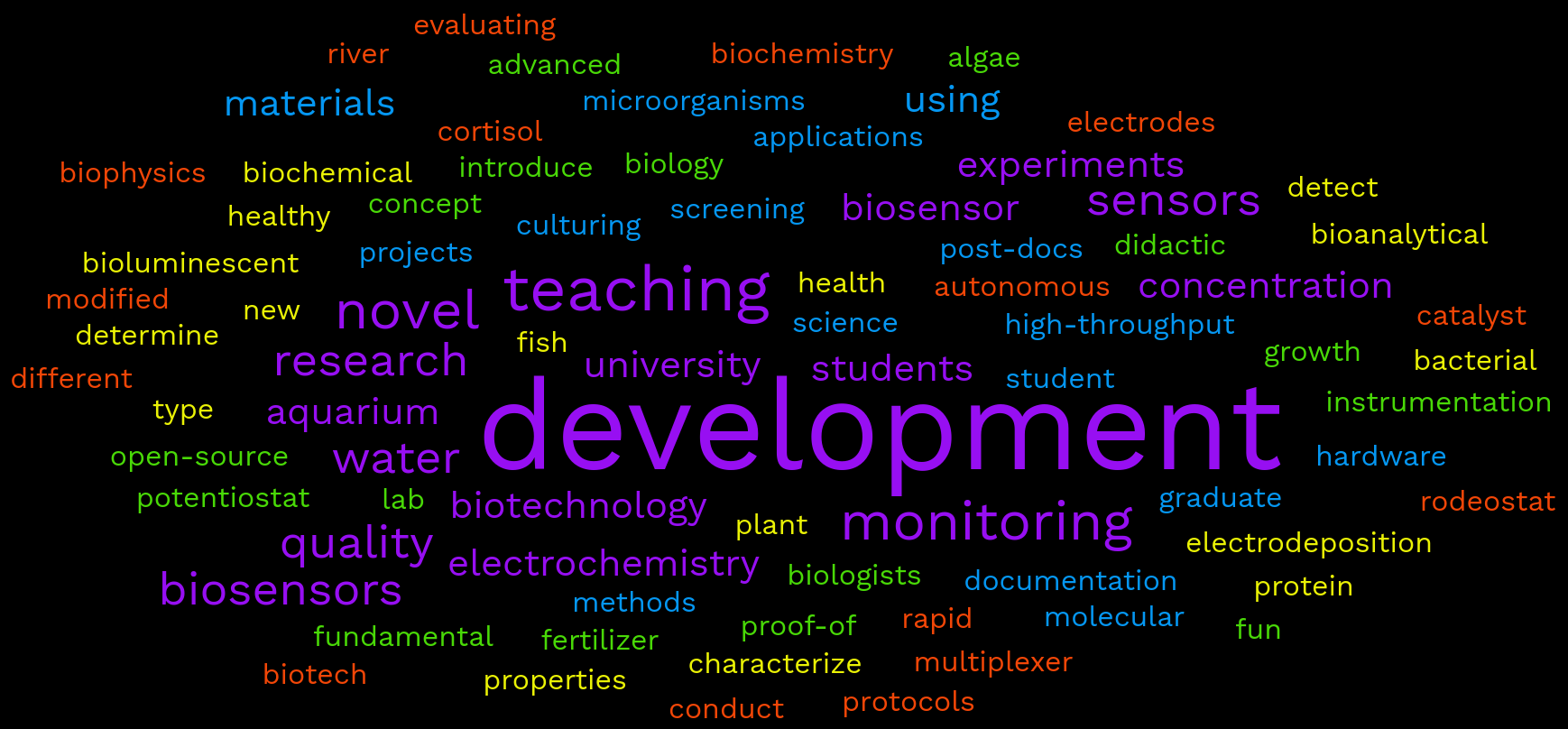
Resources in this Newsletter

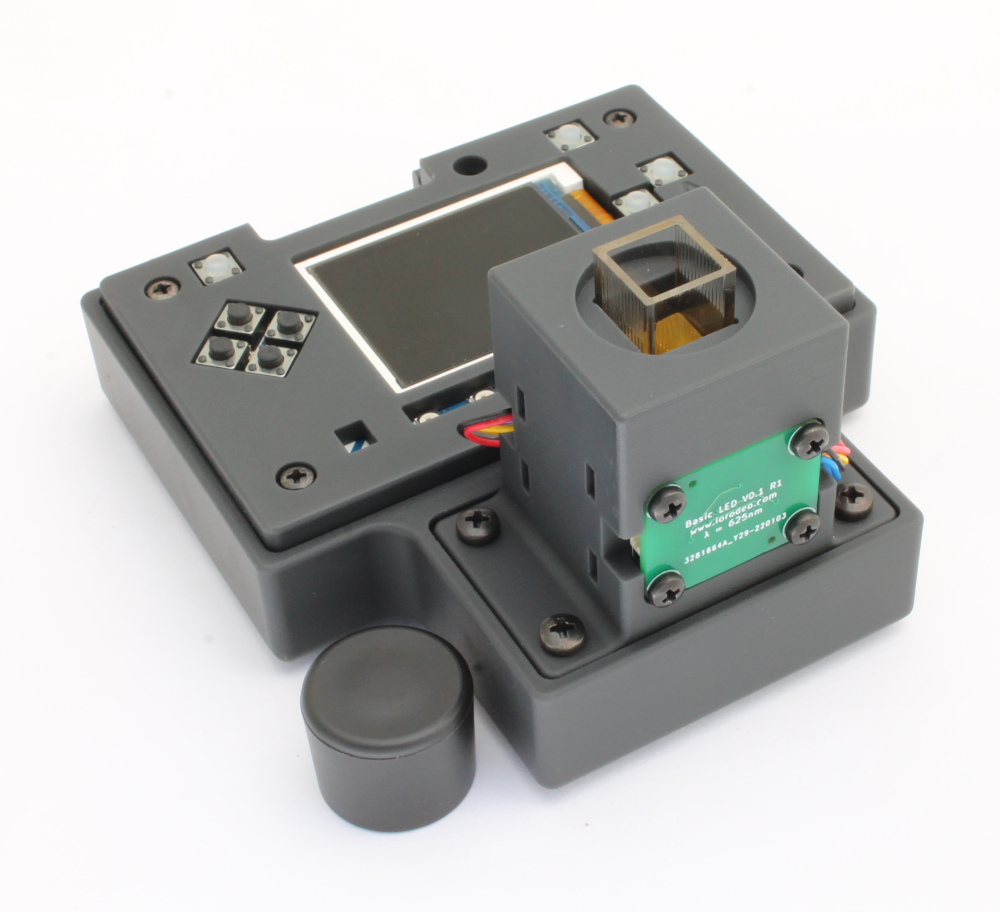

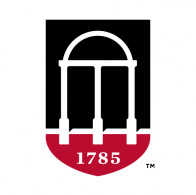


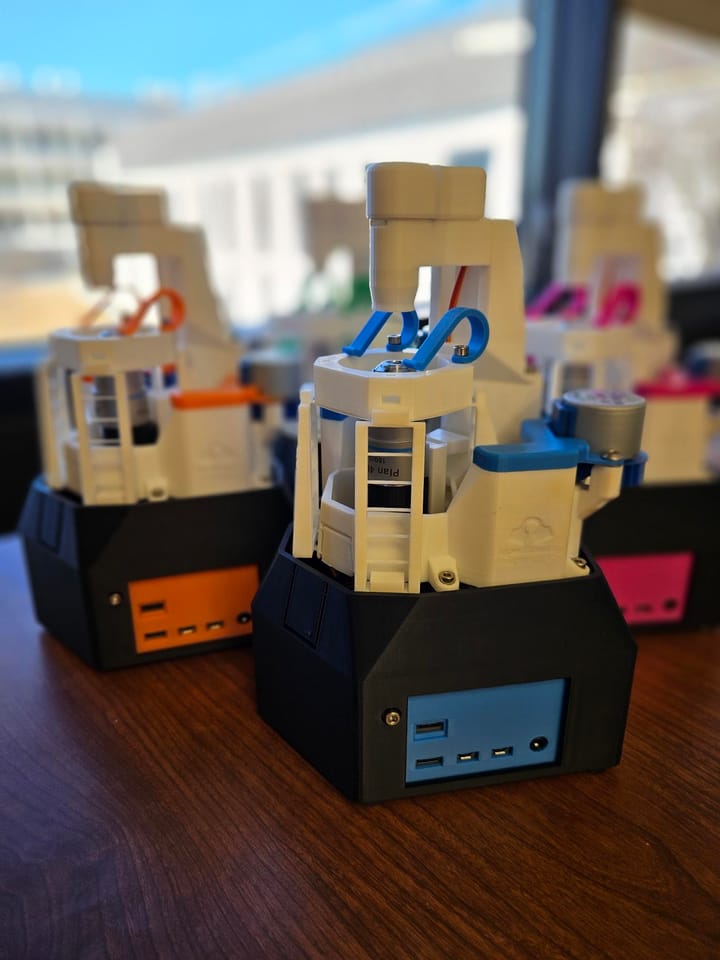
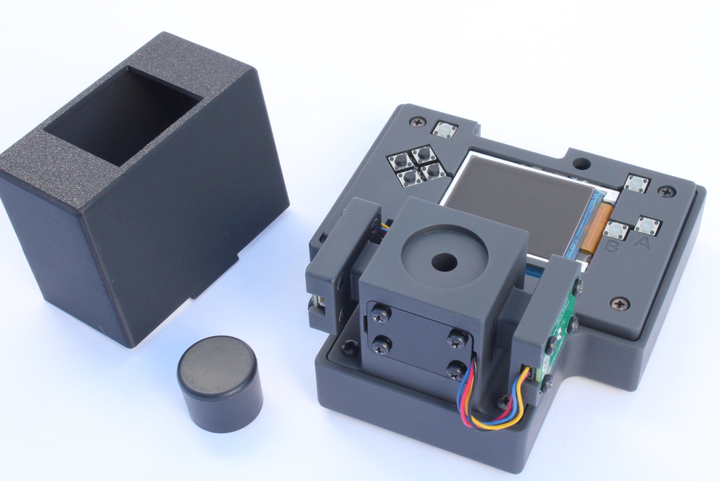
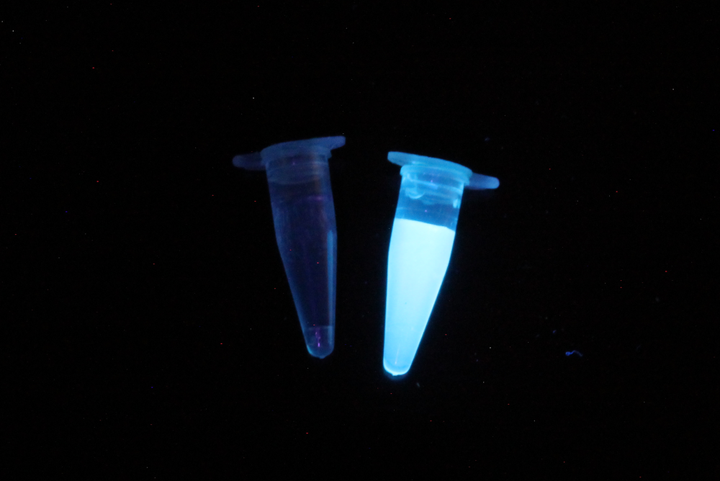
Comments ()